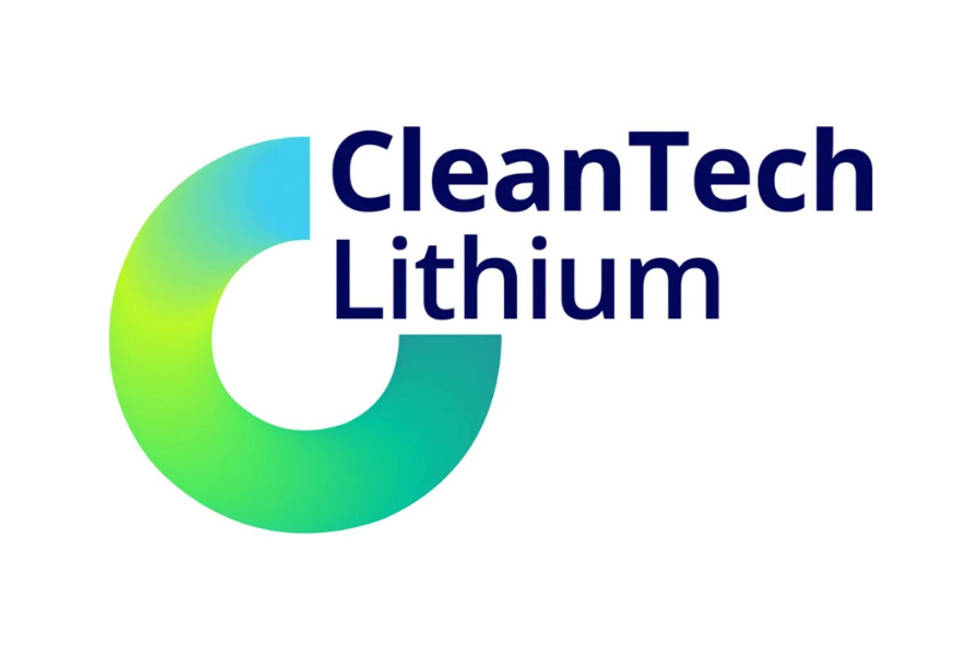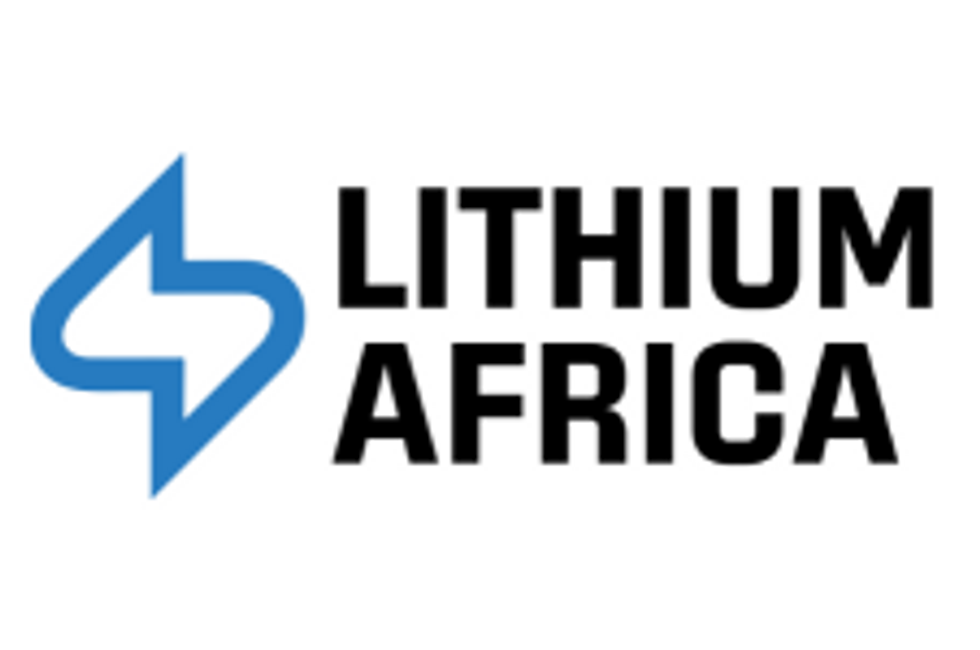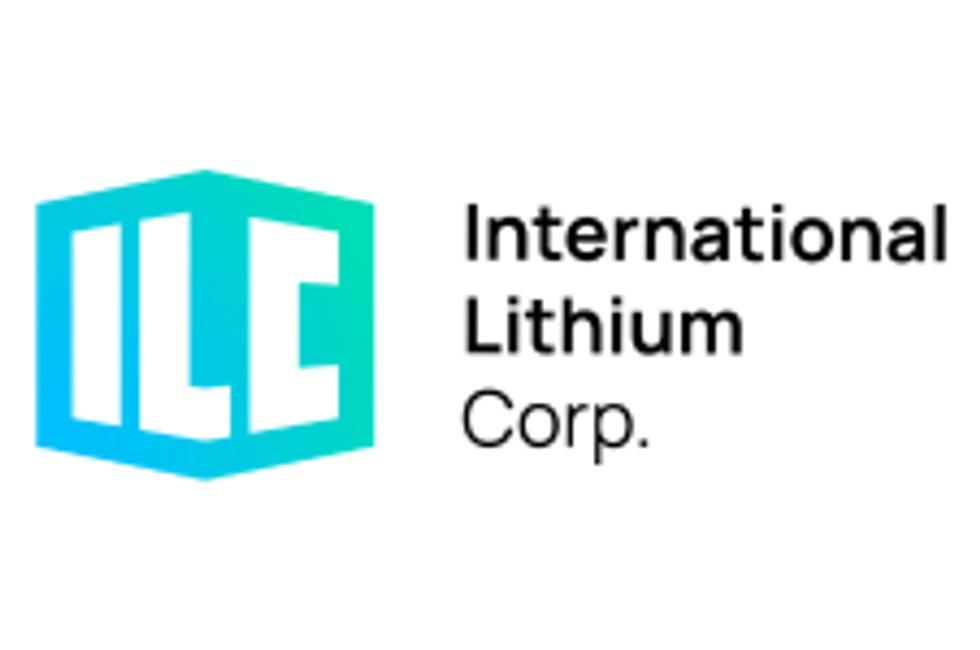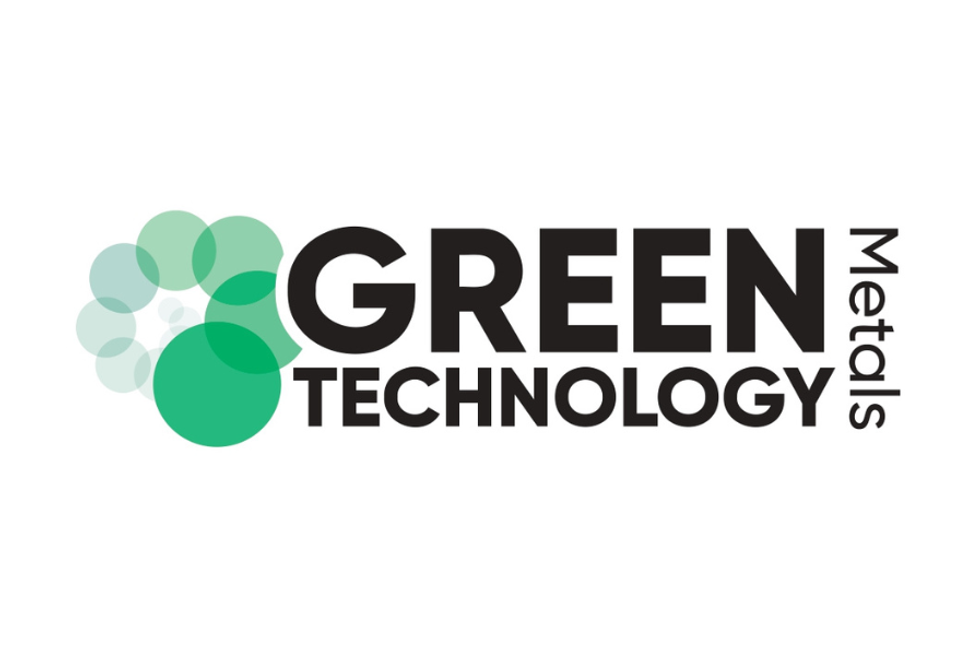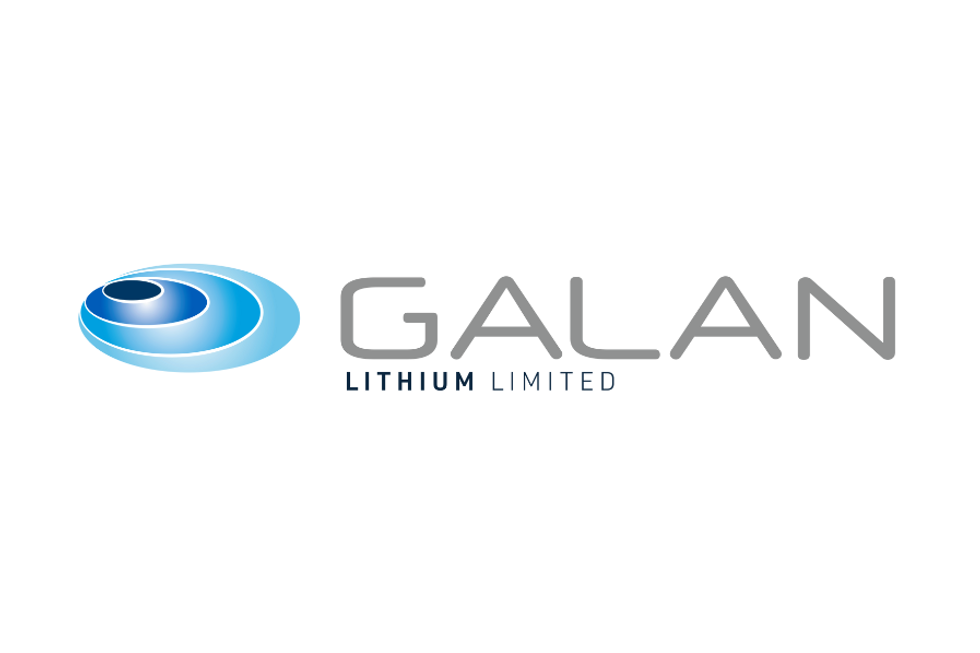Europe Needs Lithium, Where Will it Come From?
As demand grows, where will Europe source its lithium from?
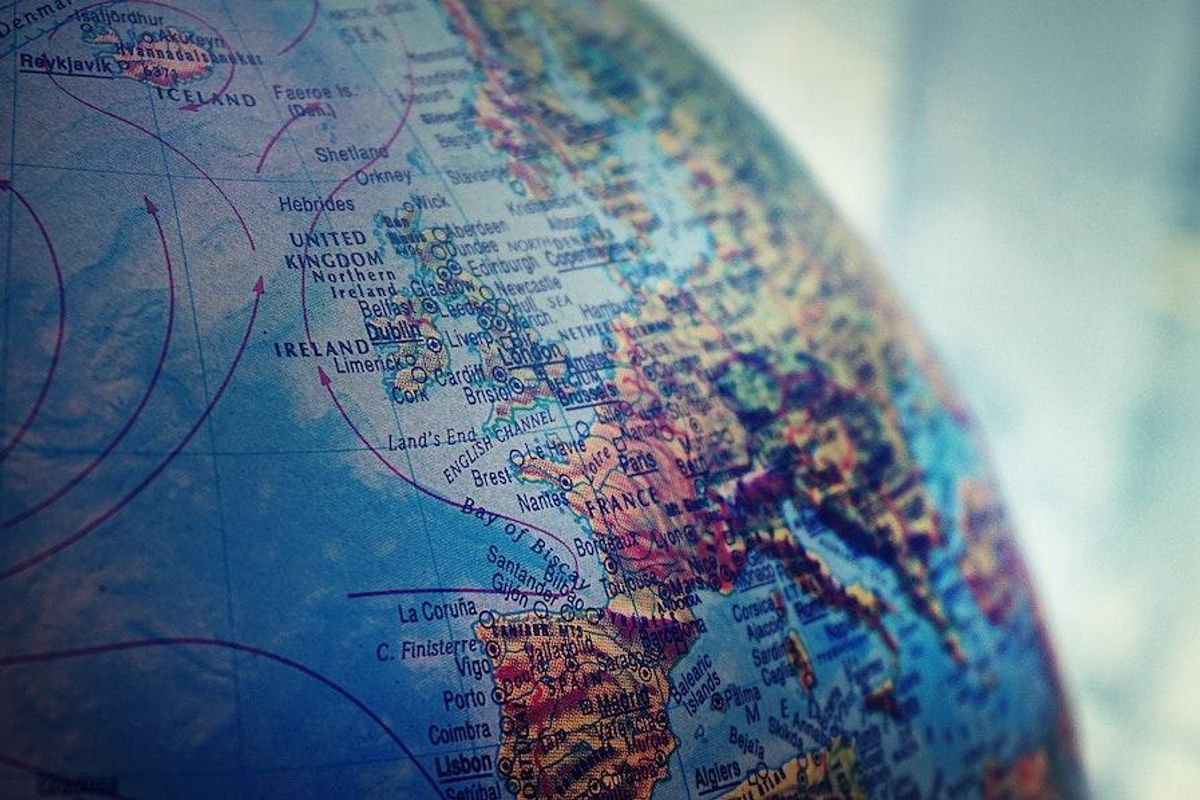
Europe has set ambitious goals to electrify its transportation, with proposed legislation looking to ban all internal combustion engine cars by 2035. The region is behind only China when it comes to electric vehicle sales growth, and the hunt for raw materials to power the batteries these cars need is understandably picking up pace.
Europe currently produces very insignificant amounts of lithium to feed its own needs, and although demand is widely expected to go up, it's still unclear where the region will find the lithium it requires. In 2032, Europe will make up 25 percent of lithium demand, but on the supply side it will contribute only 4 percent globally, according to Fastmarkets.
“There will be fierce competition for supply in markets such as Australia, Chile, Argentina and Africa,” analysts at the firm said. “Competition that suggests prices will remain high.”
Challenges for lithium miners in Europe
When looking at whether Europe could source lithium domestically, the reality of its geology becomes apparent.
There are very few lithium deposits available in Europe that are viable for mining, Allan Pedersen of Wood Mackenzie told the Investing News Network (INN). “This challenge will be supplemented by the fact that most countries in Europe have limited recent experience in mining, which can make government, environmental and social permitting challenging,” he added.
In Europe, lithium hard-rock mineral deposits are located in Portugal, Czechia, Finland, Germany, Spain and Austria. Significant brine resources also exist in Germany. At present, imports from Australia cover the majority of the EU’s demand for lithium concentrates, while Chile is by far the EU’s largest supplier of refined lithium compounds.
For Jack Bedder, there are several challenges that Europe faces in securing sufficient and stable lithium supply.
“(The) most apparent is the legislation and public opinion to mining that lithium projects must navigate to develop projects of the critical battery material,” the founder and director of Project Blue told INN. “Public and subsequently government opposition to Rio Tinto’s (ASX:RIO,NYSE:RIO,LSE:RIO) Jadar project in Serbia stalled development at one of Europe’s most advanced projects, a testament to challenges faced more broadly across European jurisdictions.”
Another hurdle is the development of lithium resources that are not yet commercially viable, such as geothermal brines.
“The prospect of lithium production from geothermal brines is an attractive one, as there are benefits to the environmental footprint and co-production of renewable energy which could be achieved,” Bedder said. “The required technologies and processes to commercially recover lithium from geothermal brines, however, remain under development, and further breakthroughs will be required to bring these projects into reality.”
It will also come as no surprise that junior miners in the region have been facing challenges in accessing sufficient financing.
“Competition from lithium projects globally, whether that be South American continental brine operations, Australian spodumene projects or African hard-rock projects, has made a difficult hunting ground for European projects,” Bedder said.
“Government-led investment in other regions has also supported project development for critical minerals, a practise in which the EU has lagged behind other major regions.”
Europe's strategic partnerships with top-producing countries
Even though Europe doesn’t currently have domestic lithium sources that are able to meet its own demand, the region does have established supply chains — it imports lithium compounds and products from producers in South America in the form of both mineral- and brine-derived materials.
“Further cooperation with major producers in Australia, the Americas and Africa will be critical to feeding European demand growth, though the origin of materials will need to become more diversified to meet volume requirements,” Bedder told INN. “Companies in the US, China, Japan and South Korea are all building supply agreements with lithium producers globally, creating a ‘feedstock frenzy’ and an increasingly competitive global market.”
In Bedder's opinion, Europe will remain reliant upon imported lithium products in the coming decade, though there is an opportunity for domestic supply to provide some support.
“Multiple projects in European nations are under development, though barriers and challenges must be overcome to progress their development both legislative and financially,” Bedder said.
Increased recycling of lithium-ion batteries to recover lithium, cobalt and nickel is a clear focus for the EU.
“Despite aggressive targets set by the European Commission, recycling in the EU will not provide significant volumes of lithium compounds before 2030,” Bedder added. For the expert, integration of the mining and refining stages of the lithium industry is growing, with many lithium spodumene concentrate producers targeting the production of lithium compounds and cathode intermediate products such as lithium sulfate and phosphate by 2030.
“This will place strain on existing third-party processors, particularly in the Chinese market, which are heavily reliant upon spodumene feedstock from Australia,” he said. “Closer partnerships between resource owners and cathode/battery cell manufacturers are expected as the distance between them in the supply chain shrinks.”
Where can Europe win when it comes to lithium?
Increasing domestic lithium mining may prove difficult, but Europe can still further strengthen its lithium supply chain.
“As Europe will continue to rely on imported feedstocks, the capability to process these compounds into ‘battery-grade’ products suitable for the burgeoning cathode and lithium-ion battery market in Europe will be critical,” Bedder said. “This sector is expected to see significant growth in the coming decade, though strong competition from similar processors in Asia remains.”
The expert added that Europe’s ability to "win" the battle for lithium self-sufficiency remains hinged on technological breakthroughs, along with the creation of a supporting framework in which new mining and processing facilities can operate in a globally competitive industry. For his part, Pedersen believes the largest opportunity for Europe in the short term is in the re-processing of technical-grade or intermediate material imported from other countries.
Wood Mackenzie is forecasting significant new supply in the coming years, with a large proportion being technical grade; this will make raw material available for further processing in Europe.
“However, what needs to be considered is where your customers are in that period,” Pedersen said. “While cathode production is increasing in Europe, the majority is still produced in Asia, so the lithium chemical produced might have to be transported to Asia.”
Don’t forget to follow us @INN_Resource for real-time news updates!
Securities Disclosure: I, Priscila Barrera, hold no direct investment interest in any company mentioned in this article.
Editorial Disclosure: The Investing News Network does not guarantee the accuracy or thoroughness of the information reported in the interviews it conducts. The opinions expressed in these interviews do not reflect the opinions of the Investing News Network and do not constitute investment advice. All readers are encouraged to perform their own due diligence.
- Building Lithium Supply Chains: What Can the West Learn from Asia? ›
- Securing Battery Metals to Meet Europe’s EV Demand Not an Easy Task ›
- Lithium Mining Projects in Europe ›
- Europe’s Lithium Supply Chain - Key Facts ›

